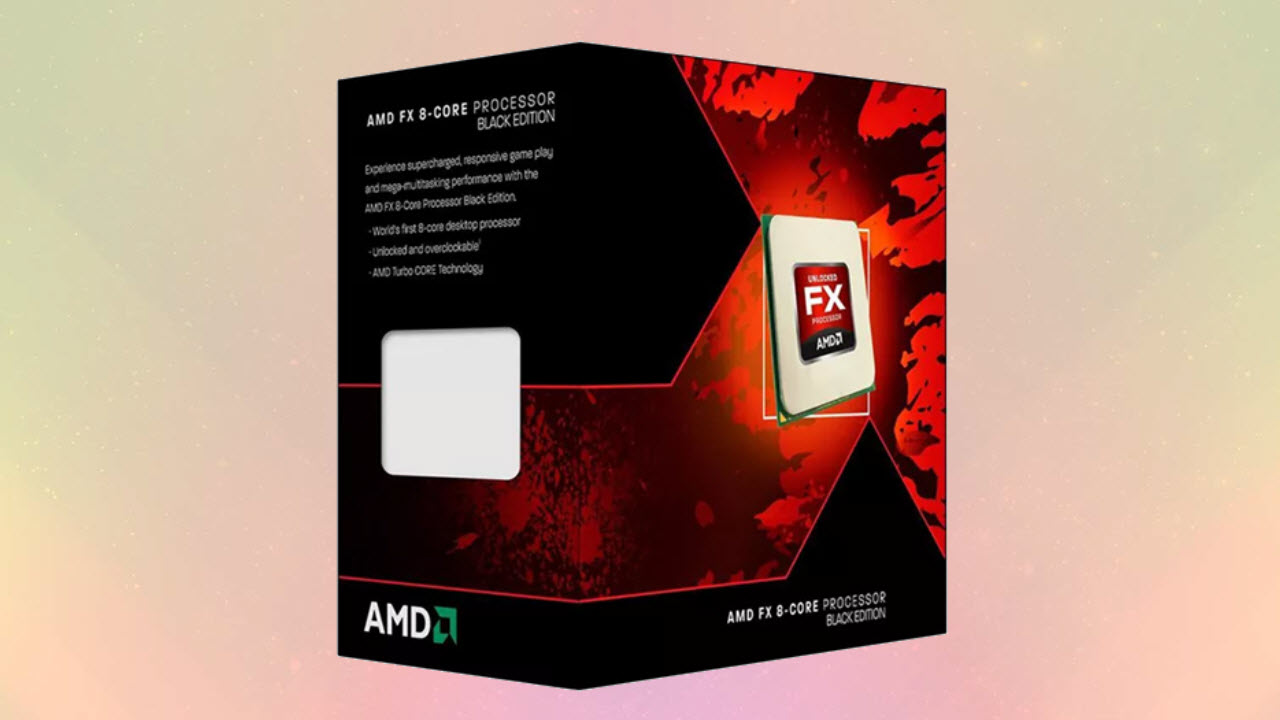
A pair of tech reviewers recently reviewed AMD's pre-Ryzen CPUs dating back to 10 and 26 years ago to see how they would fare compared to today's modern games and hardware. The reviewed parts include the infamous FX-8350 from 2013, and the AMD K6 launched in 1997.
The K6 was benchmarked by redditor Technologov (via boringtextreviews) and shows how much progress AMD has made in CPU performance since the K6 was released. Unsurprisingly, he compared the K6 to AMD's flagship Ryzen 9 7950X to discover this and found some truly impressive figures. For example, in the LFK benchmark, a single core of the Ryzen 9 7950X was a whopping 46 times faster than the K6, with a score of 1,294 points compared to just 28 on the AMD K6.
However, this first benchmark run accounts for just one core on the 7950X; with all 16 cores and 32 threads against the K6, the Ryzen part was 910 times faster than the K6 with a score of 25,476 points.
Obviously, we would expect a nearly 30-year-old CPU to perform exponentially worse than a brand-new chip. Still, the fact that a CPU can physically be 910 times faster than any of its predecessors is an incredible figure to behold.
What this does tell us is how unimaginably far CPU development has come since the 1990s. Of course, CPUs have changed dramatically since then, with transistors now operating on the nanometer scale instead of the 0.35-micrometer process used in the K6, the introduction of multi-core CPU technology, 64-bit support, clock speeds that span well over 1GHz (not to mention 5GHz), and much faster and larger CPU caches. (Not to mention the nearly innumerable architectural improvements in CPU logic since the K6 was released.)
The K6 was originally launched in April of 1997 as the successor to the K-III and a competitor to Intel's Pentium II. The chip had just 8.8 million transistors, an incredibly large 0.35-micrometer lithography, just 64KB of cache, and a clock speed of up to 233MHz. In retrospect, your home blender or toaster probably has a higher clock speed than this CPU.
For more details on this CPU, check out our K6 reviews from 1997 and 2008. Now on to the decidedly more modern but still somewhat ancient AMD FX-8350.
FX-8350 Still Outputs Playable Frame Rates Today, Even in Hogwarts Legacy
YouTuber RA Tech also did a re-visit of another CPU, this time the infamous AMD FX-8350 that launched in 2012. He compared the CPU to several modern titles to see how capable the chip is after ten years. The games he chose include Forza Horizon 5, Dying Light 2, Cyberpunk 2077, Apex Legends, Warzone 2.0, Spider-Man Remastered, and Hogwarts Legacy.
The chip performed surprisingly well after overclocking and could output highly playable frame rates in most of the games, even at high settings — including Forza Horizon 5, Apex Legends, and Warzone 2.0, with frame rates above 60FPS. However, in the other three, he found the games were significantly more intensive, resulting in sub-60 fps gameplay most of the time at any graphics setting. This was particularly true of Hogwarts Legacy and Spider-Man Remastered, which approached around 30 fps in the most intensive areas.
Based on what we've seen from modern gaming CPUs, the FX-8350 in RA Tech's review holds up surprisingly well and delivers frame rates akin to the 30 fps mode found on consoles in a worst-case scenario while providing above 60 fps in lighter games. The only problem with FX-8350 is that it exhibited wildly fluctuating frame times, which will noticeably impact the game's smoothness due to an inconsistent frame rate across a span of time. Though, with some tinkering, and a frame rate limit, you could probably rectify this issue.
The FX-8350 launched in 2013 as the successor to the wildly infamous FX-8150 that debuted a year earlier. The chip featured eight cores, eight threads, a 4.2GHz boost clock, and around 16MB of L2 and L3 cache combined. The chip was largely criticized for its unusual behavior in multi-threaded applications, being both faster and slower than Intel's competing quad-core CPU solutions (depending on the workload) despite having eight cores.
This was due to AMD's unorthodox Piledriver architecture and how it splits processing power between the cores. Physically the chip had eight cores, but functionally the chip could only behave like an eight-core part in integer calculations since the floating-point unit was shared between two cores. As a result, you had a CPU that realistically performed like a quad-core CPU under the right conditions. That eventually led to a class-action lawsuit over the FX-8350, which AMD lost.
Nonetheless, the CPU still outputs surprisingly good frame rates today, and you could still get by with an FX-8350 if it's all you have. But, if you are looking for a CPU upgrade, any CPU made in the past six years will easily overrun this CPU.







